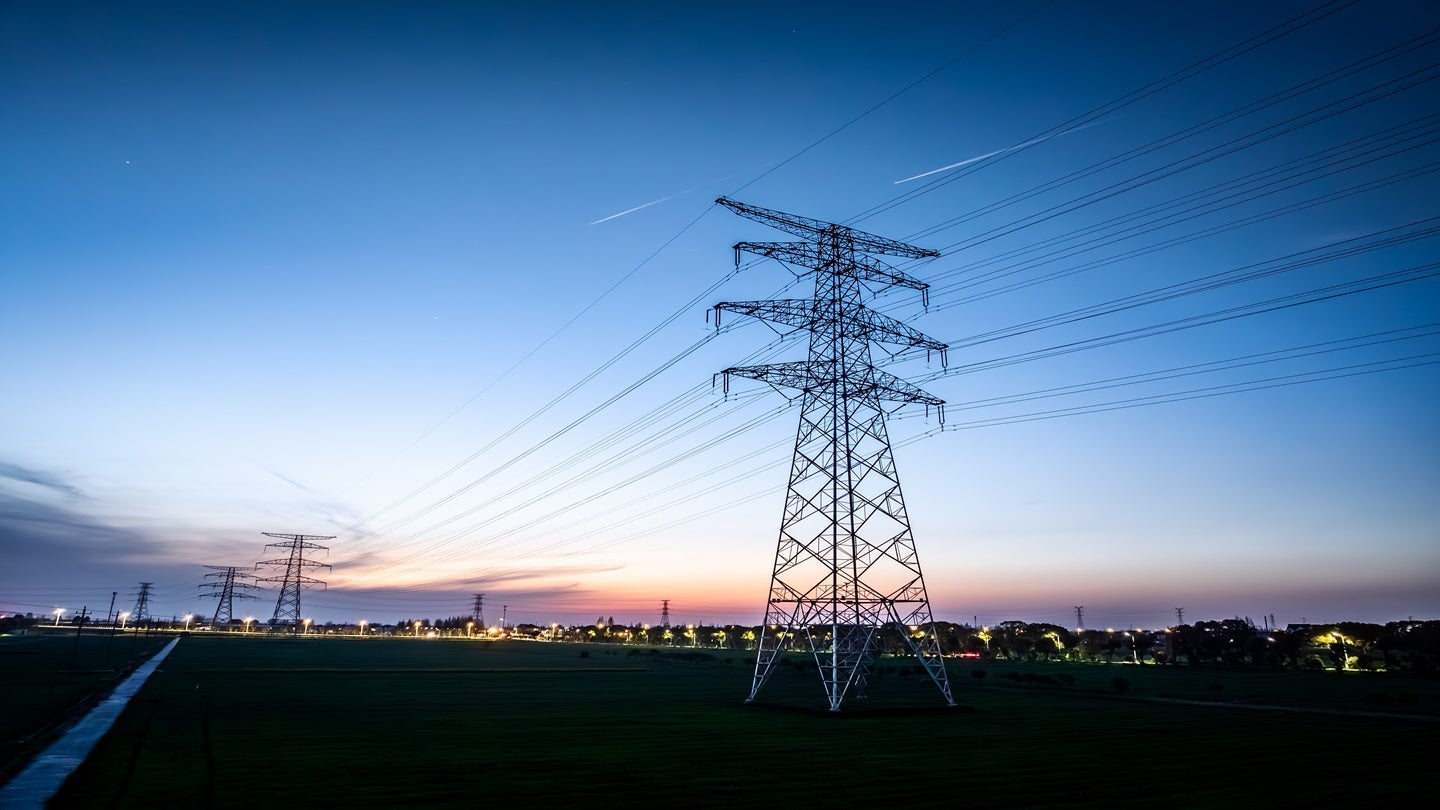The UK’s Department for Energy Security and Net Zero has revealed a strategic spatial plan to shape the future of the country’s energy infrastructure.
The strategy is designed to steer the development of the country’s energy infrastructure until 2050.
It will outline the locations for new energy infrastructure, aiming to expedite the shift from fossil fuels.
The plan’s primary goal is to provide long-term certainty and stability for investors.
Energy ministers from the Scottish, Welsh and UK governments have tasked the National Energy System Operator (NESO) with producing the inaugural strategic spatial plan for energy.
The plan will encompass both land and sea in Great Britain and aims to deliver clean power by 2030.
Access the most comprehensive Company Profiles
on the market, powered by GlobalData. Save hours of research. Gain competitive edge.

Company Profile – free
sample
Your download email will arrive shortly
We are confident about the
unique
quality of our Company Profiles. However, we want you to make the most
beneficial
decision for your business, so we offer a free sample that you can download by
submitting the below form
By GlobalData
By strategically planning energy infrastructure, the government aims to reduce grid connection waiting times and give investors clear guidance on where and when to build new energy projects.
NESO, a publicly owned entity, will consider the integration of energy projects with other sectors including transport and water supply, while also taking environmental impacts into account.
The first version of the plan, set to be published in 2026, will concentrate on electricity generation and storage, with a focus on assets such as offshore wind farms and pumped storage hydro.
It will also include potential hydrogen production facilities.
NESO will propose several scenarios for the future energy system, which will be reviewed by ministers.
The preferred scenario will undergo public consultation and detailed environmental assessments before implementation.



